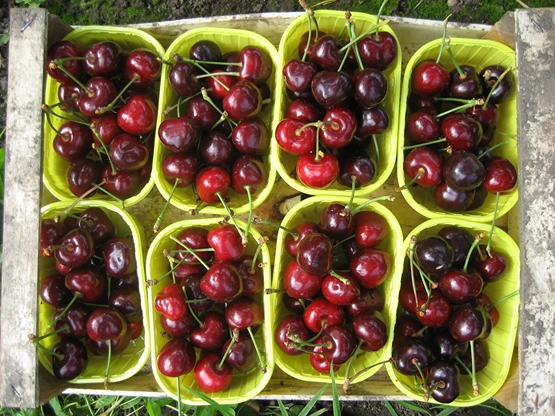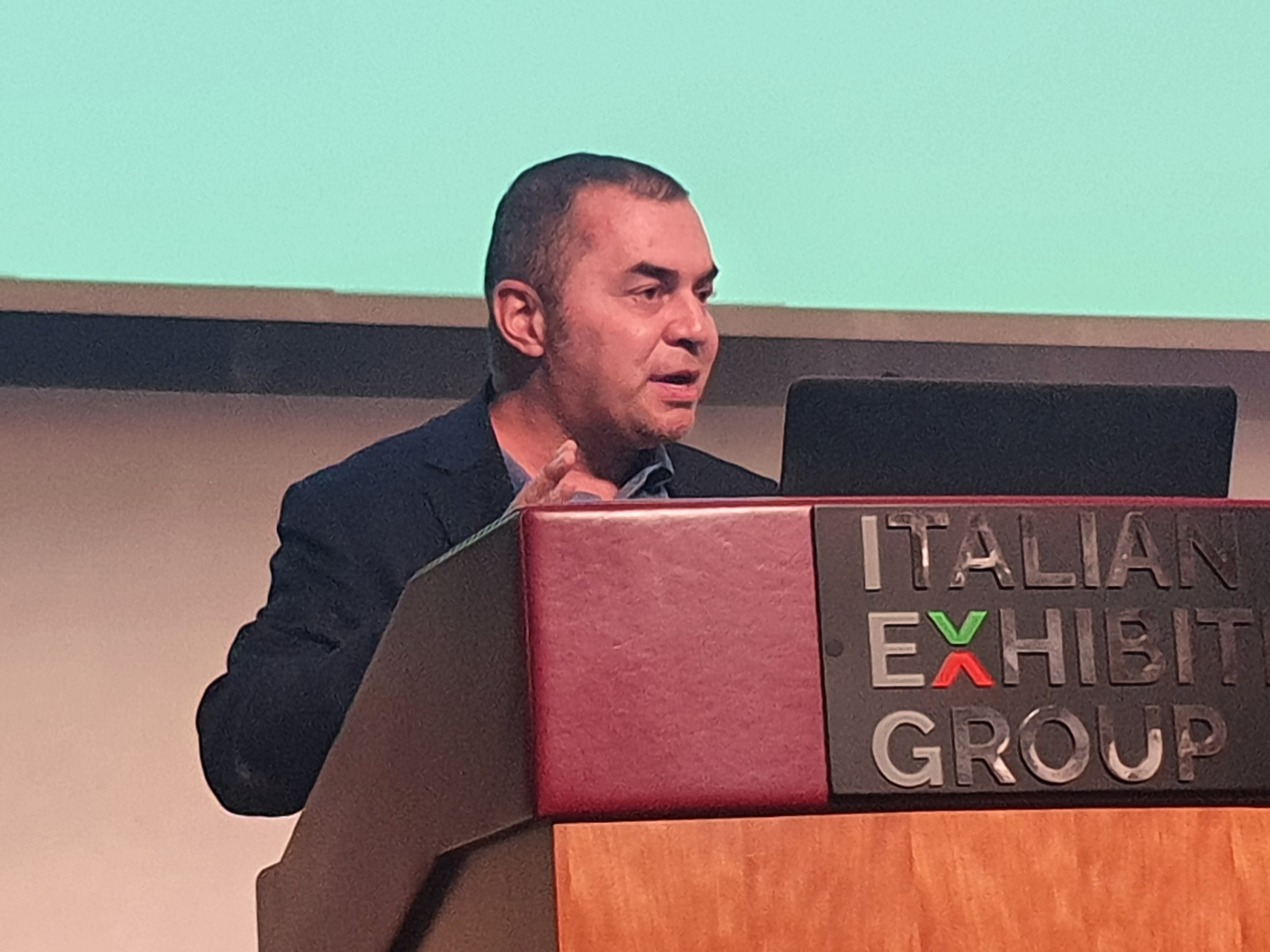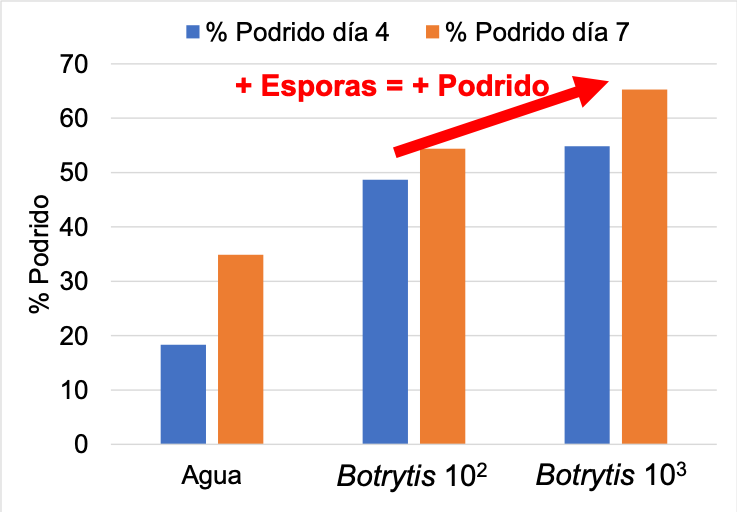The use of rootstocks in sweet cherry cultivation is a common practice with multiple purposes, such as adapting to different environments and improving fruit quality. A recent Chinese study analyzed the effects of five different rootstocks on “Summit” sweet cherry cultivar during the fruit veraison phase, with or without the application of nitrogen-free nutrient fertilizers.
The five rootstocks tested by researchers were: Mahaleb, Gisela 5, and three hybrid selections H11, H17, and H22. The results showed that both rootstock and fertilization significantly influence fruit quality, including physicochemical characteristics, non-volatile compounds responsible for flavor, color, and total anthocyanin content.
The Gisela 5 rootstock, known for its dwarfing properties, promoted sugar accumulation, resulting in sweeter cherries that are more appealing to consumers. Similarly, the H22 rootstock improved sugar content in the fruits, enhancing their sweetness, while H11 and H17 increased levels of organic and phenolic acids, contributing to a tangier taste and higher antioxidant concentration.
Moreover, fertilization was found to increase sugar content and enhance certain color and texture properties of the fruits. This suggests that specific rootstocks, when combined with proper fertilization, can be strategically used to produce sweeter and more visually attractive fruits. Overall, the highest total sugar content was observed in “Summit” cherries grafted onto Gisela 5 in the non-fertilized group and H22 in the fertilized group.
The impact of rootstock was also evident in the fruit's firmness (a trait highly valued by consumers) and color, indicated by parameters like lightness (L*) and hue angle (h). For example, H11 conferred a deeper red skin to the fruit, making it more aesthetically appealing in certain markets. Additionally, the concentration of anthocyanins, bioactive compounds with health benefits, was found to be higher in cherries grafted onto Gisela 5.

In terms of non-volatile flavor compounds, the study observed that glucose, fructose, organic acids, and phenolic acids varied depending on the rootstock. Specifically, H22 and Gisela 5 emerged for their higher sugar content, while H11 and H17 differed in their increased acidity and phenolic compound concentration, thus enhancing fruit nutritional value.
Interestingly, fertilization raised the levels of sugars like sorbitol and xylitol in H22, suggesting that this rootstock may have a superior ability to absorb and convert nutrients, which is advantageous for producing sweeter fruits.
Finally, the study highlights how the interaction between rootstock and fertilization can be exploited to adapt fruit characteristics to market demands. Rootstocks like Gisela 5 and H22 proved ideal for enhancing sweetness and aesthetics, while H11 and H17 were particularly useful for enhancing the fruit's antioxidant properties. These findings offer valuable insights for
selecting rootstocks, demonstrating how the right combination of rootstock and fertilization can optimize sweet cherries quality.
Source: Wang, N., Zhang, X., Guo, Q., Yan, G., Wang, J., Wu, C., Zhou, Y., Zhou, J., Zhang, K., Li, T., & Duan, X. (2025). Effects of different rootstocks on fruit quality and non-volatile flavor-related compounds of sweet cherry ‘summit’. Food Chemistry, 463, 141512. https://doi.org/10.1016/j.foodchem.2024.141512.
Images: SL Fruit Service
Andrea Giovannini
University of Bologna (IT)
Cherry Times - All rights reserved













